STM32 Gaming Keypad
Written 8-28-19
Since I recently found out about the STM32 Blue Pill board, I saw it as the perfect opportunity to dive right into learning ARM. The STM32 Blue Pill board costs only about $2 on eBay and boasts a number of advantages over standard Arduino boards. The one thing I was always interested in was building a gaming keypad. Of course, I could’ve just used an Arduino Leonardo or a Teensy, but then I wouldn’t really be learning anything and it’d cost more.
After doing some research, I came across this website which was invaluable in getting started with using the STM32 as a HID device. The gist is you send reports that contain your input data in the format specified by your device descriptor. With the basics down, I got to designing the keypad.
Hardware
During the school year, I found out that Arrow was selling Cherry MX switches for $0.22 each. I immediately snatched up 25 Cherry MX Greens for myself. Unfortunately, they’ve since gone way up in price, at least for small quantities.
First, I used EasyEDA to design a board that could hold all the switches. Since I just needed a plate to add rigidity and hold switches in place, I didn’t add any traces.
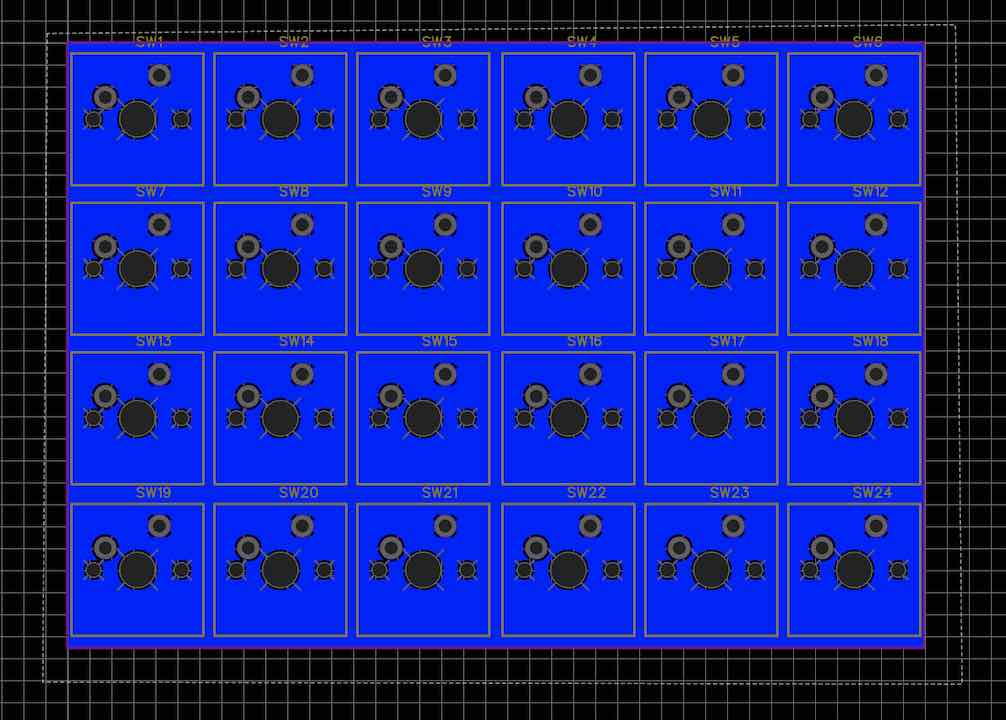
Then I launched Fusion 360 and modeled a case for the board.
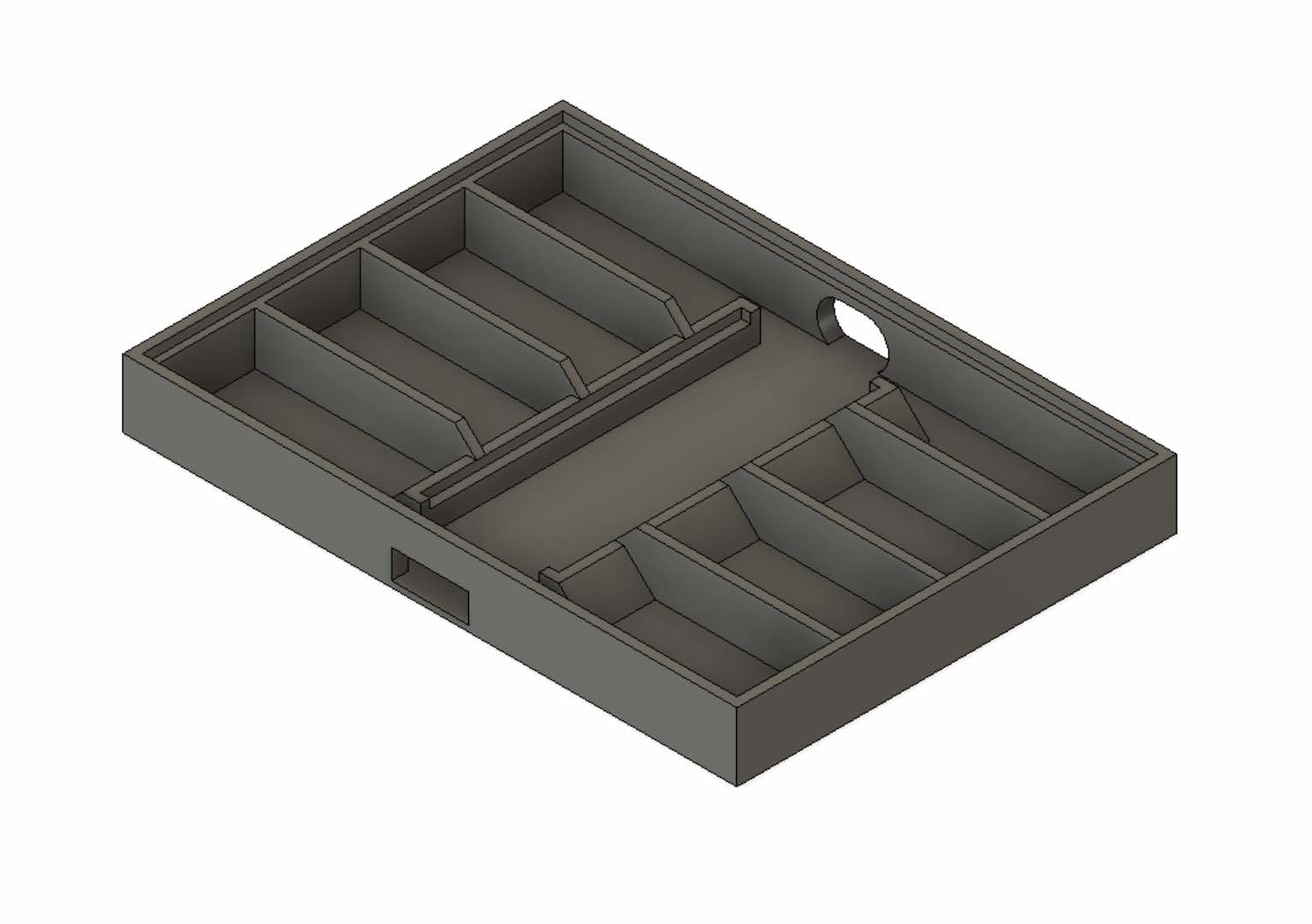
Next I looked into making keycaps. Due to the tight spacing I used to fit 24 switches onto the limited size of my FR4, it wasn’t compatible with standard keycaps. Trying some caps on Thingiverse, I found one that had a good fit and was relatively easy to bring into Fusion 360 and modify.
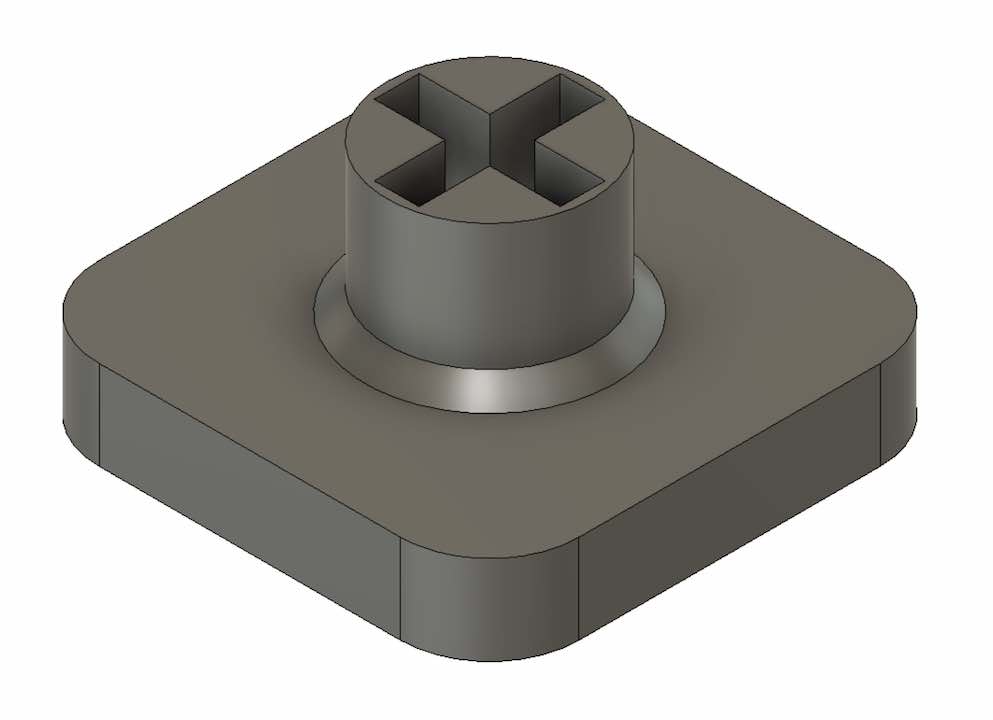
After making the PCB using my hybrid mill etch method and printing out the parts, I got to assembly. It was a bit hard cramming all the wires in, but I eventually did it and hot glued everything down.
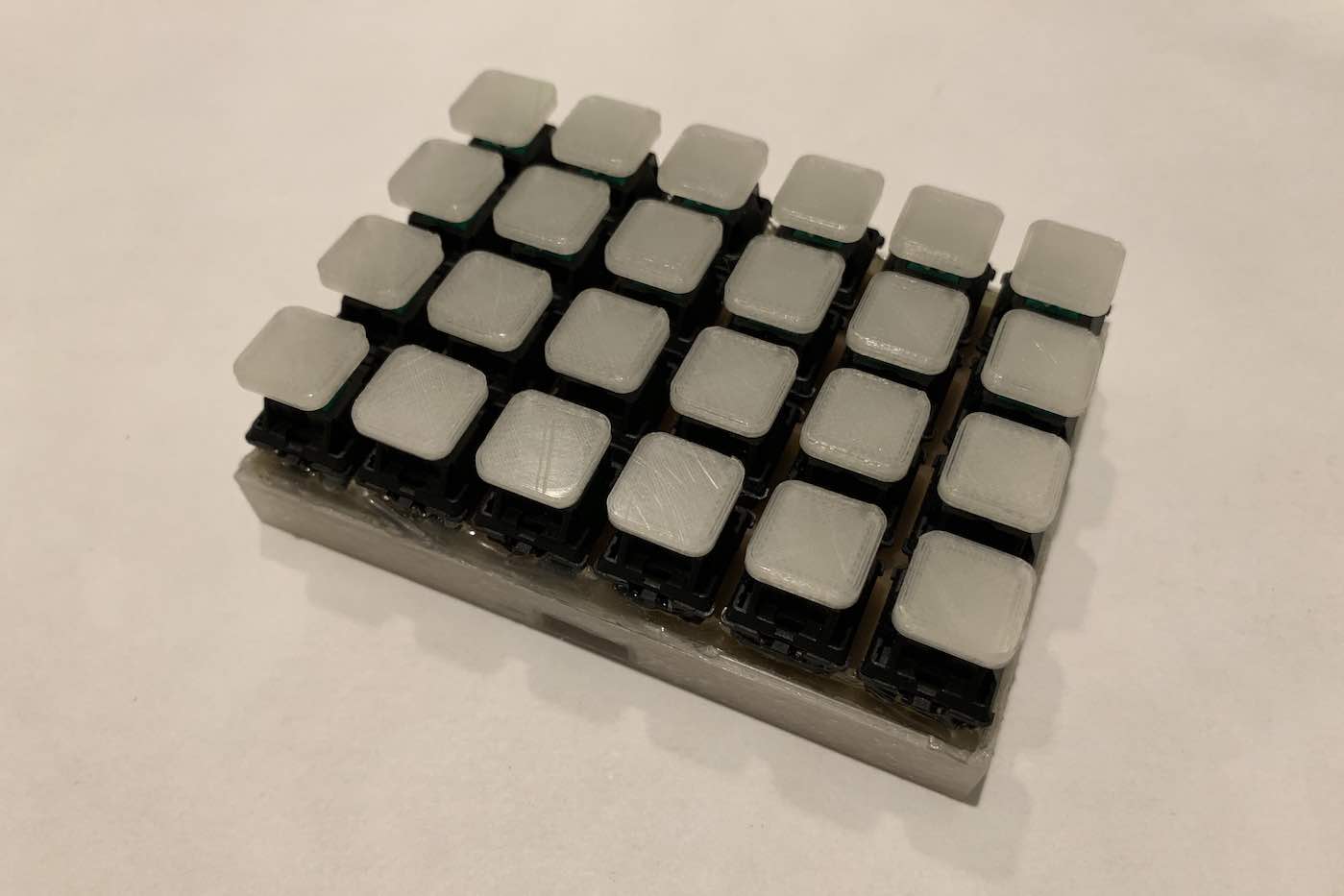
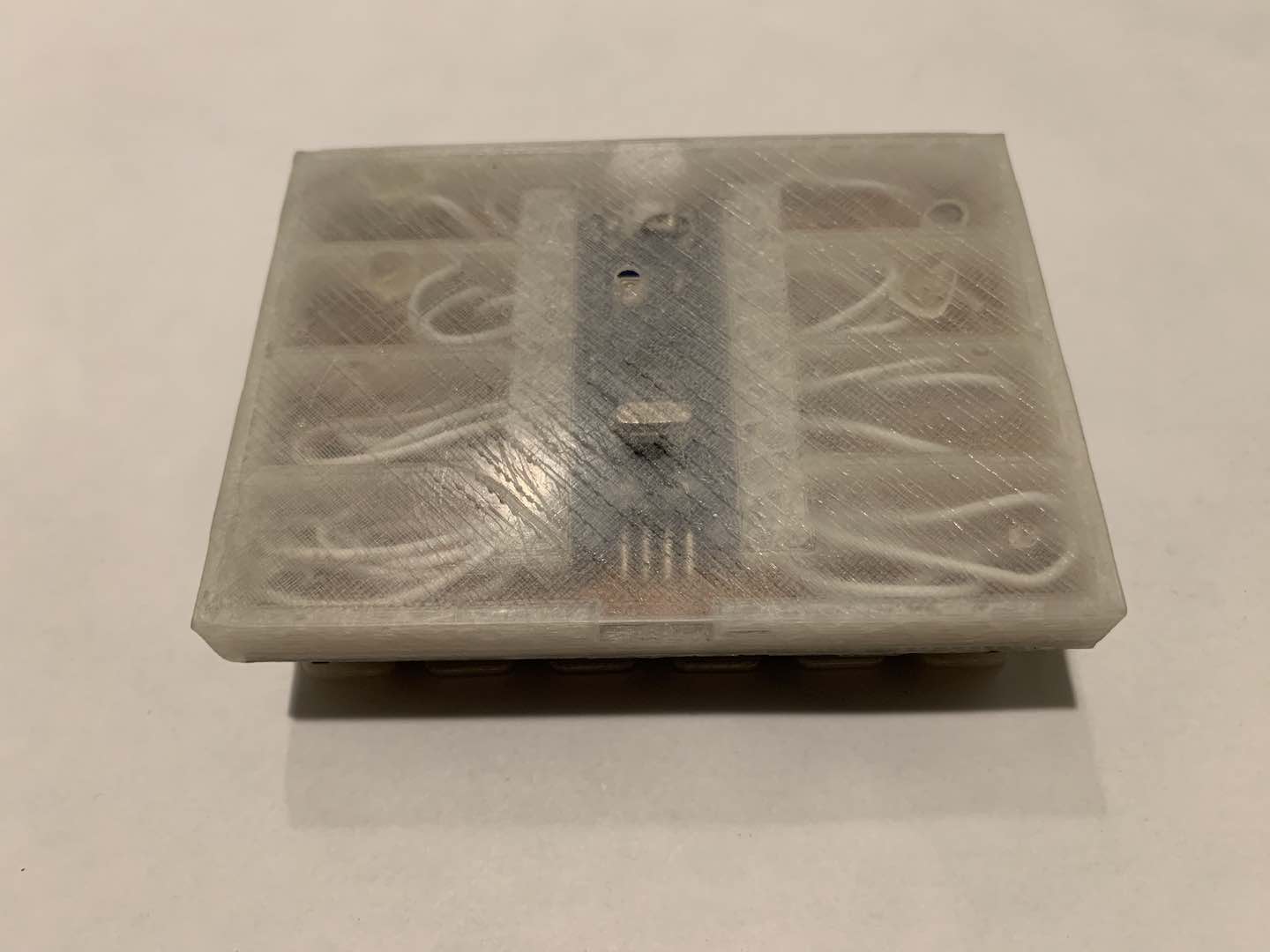
Software
After finishing the hardware, I got onto writing the code. I started by making a device descriptor that could send two different reports, one for mouse commands and one for keyboard commands. The computer distinguishes these two reports using a report id. I used this tool to help out.
0x05, 0x01, // Usage Page (Generic Desktop Ctrls)
0x09, 0x06, // Usage (Keyboard)
0xA1, 0x01, // Collection (Application)
0x85, 0x02, // Report ID (2)
0x05, 0x07, // Usage Page (Kbrd/Keypad)
0x75, 0x01, // Report Size (1)
0x95, 0x08, // Report Count (8)
0x19, 0xE0, // Usage Minimum (0xE0)
0x29, 0xE7, // Usage Maximum (0xE7)
0x15, 0x00, // Logical Minimum (0)
0x25, 0x01, // Logical Maximum (1)
0x81, 0x02, // Input (Data,Var,Abs,No Wrap,Linear,Preferred State,No Null Position)
0x95, 0x06, // Report Count (6)
0x75, 0x08, // Report Size (8)
0x15, 0x00, // Logical Minimum (0)
0x25, 0x65, // Logical Maximum (101)
0x05, 0x07, // Usage Page (Kbrd/Keypad)
0x19, 0x00, // Usage Minimum (0x00)
0x29, 0x65, // Usage Maximum (0x65)
0x81, 0x00, // Input (Data,Array,Abs,No Wrap,Linear,Preferred State,No Null Position)
0xC0, // End Collection
0x05, 0x01, // Usage Page (Generic Desktop Ctrls)
0x09, 0x02, // Usage (Mouse)
0xA1, 0x01, // Collection (Application)
0x85, 0x01, // Report ID(1)
0x09, 0x01, // Usage (Pointer)
0xA1, 0x00, // Collection (Physical)
0x05, 0x09, // Usage Page (Button)
0x19, 0x01, // Usage Minimum (0x01)
0x29, 0x03, // Usage Maximum (0x03)
0x15, 0x00, // Logical Minimum (0)
0x25, 0x01, // Logical Maximum (1)
0x95, 0x03, // Report Count (3)
0x75, 0x01, // Report Size (1)
0x81, 0x02, // Input (Data,Var,Abs,No Wrap,Linear,Preferred State,No Null Position)
0x95, 0x01, // Report Count (1)
0x75, 0x05, // Report Size (5)
0x81, 0x01, // Input (Const,Array,Abs,No Wrap,Linear,Preferred State,No Null Position)
0x05, 0x01, // Usage Page (Generic Desktop Ctrls)
0x09, 0x30, // Usage (X)
0x09, 0x31, // Usage (Y)
0x09, 0x38, // Usage (Wheel)
0x15, 0x81, // Logical Minimum (-127)
0x25, 0x7F, // Logical Maximum (127)
0x75, 0x08, // Report Size (8)
0x95, 0x03, // Report Count (3)
0x81, 0x06, // Input (Data,Var,Rel,No Wrap,Linear,Preferred State,No Null Position)
0xC0, // End Collection
0xC0, // End Collection */
// 95 bytesAfter that I wrote the structs for the reports and the code to handle each switch’s keypress. Here’s my code. I don’t like the large, repetitive switch case statement, but it’s what I came up with at the time and is pretty user friendly. It’s currently setup to play Destiny 2.


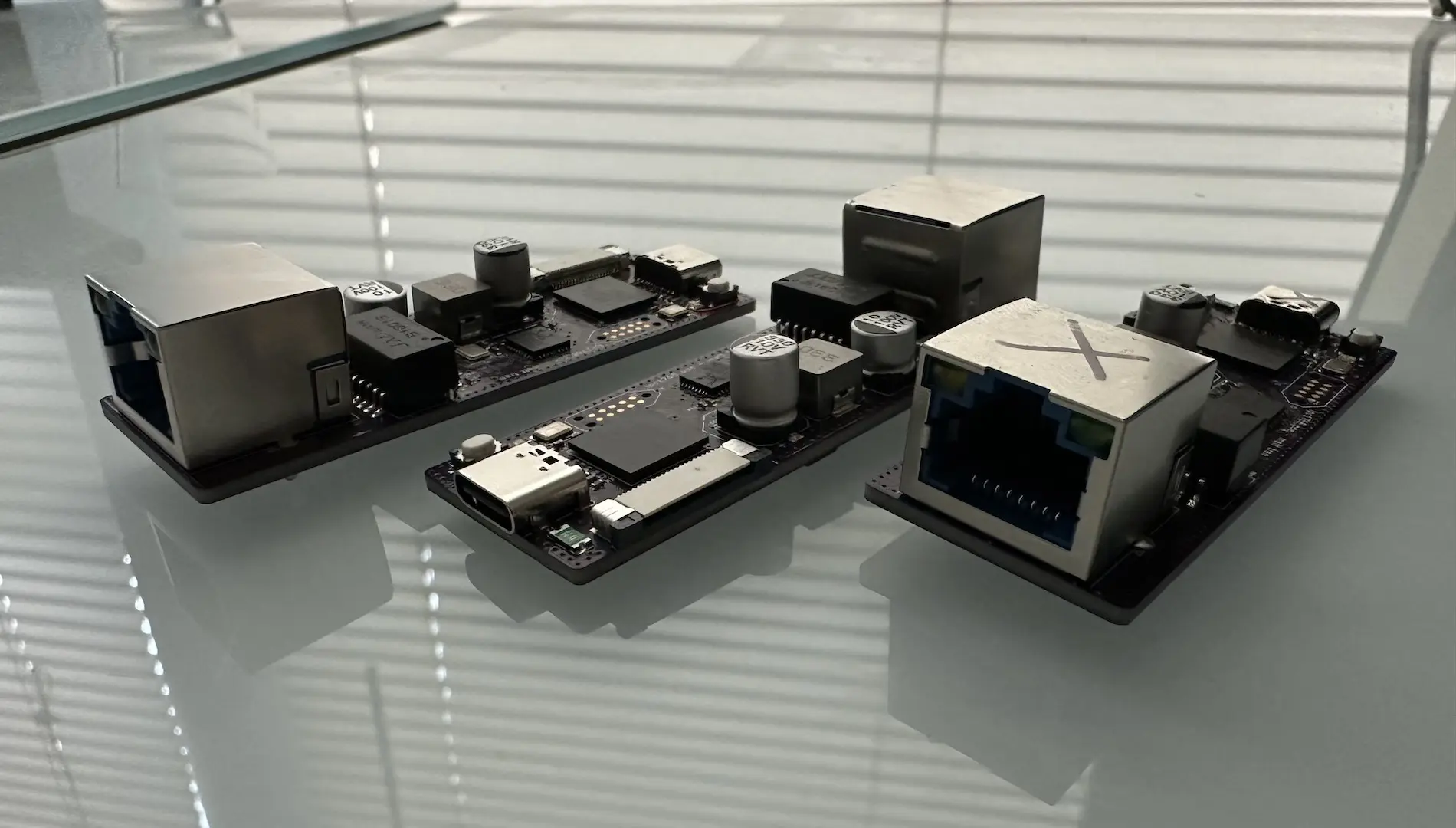
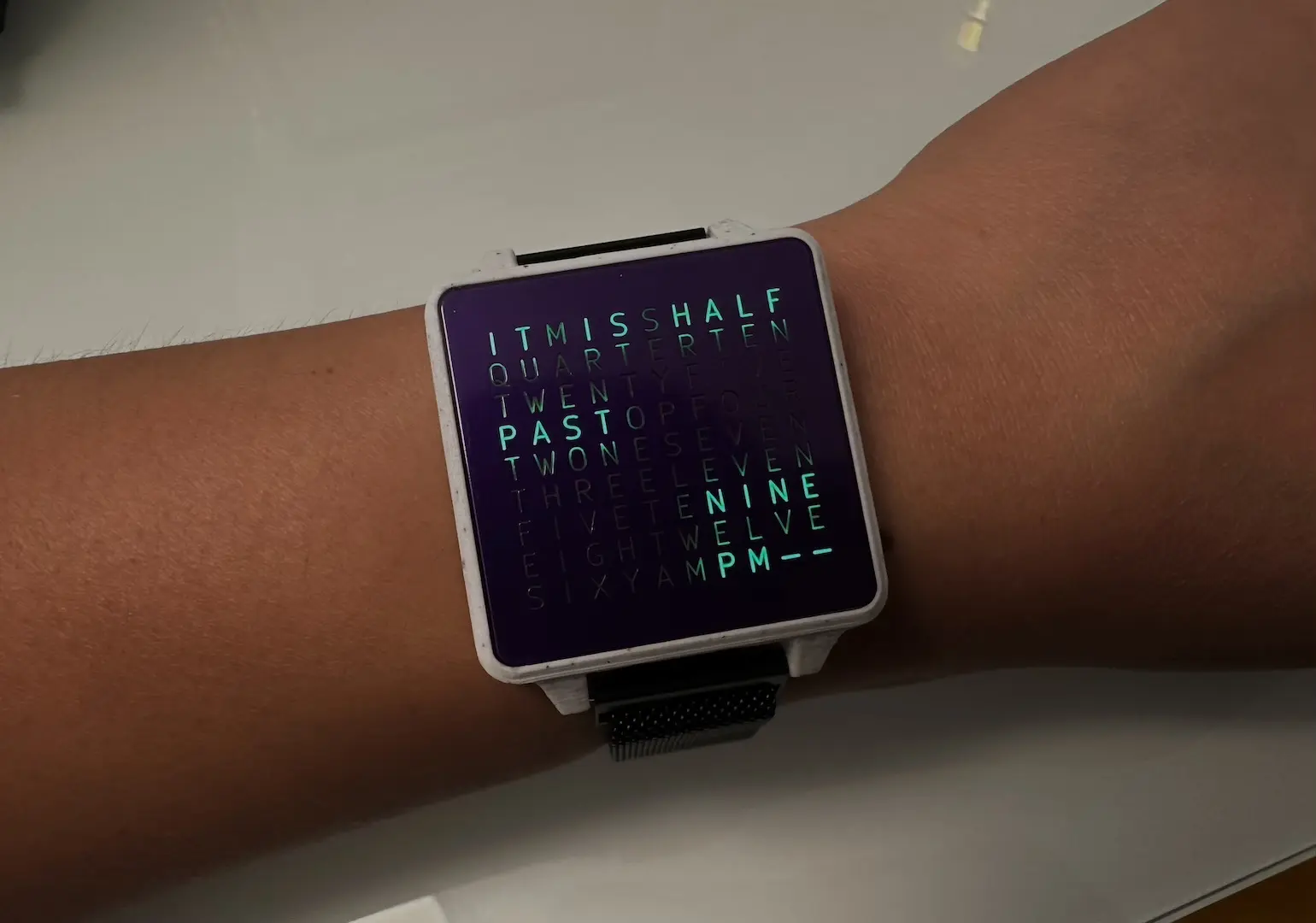
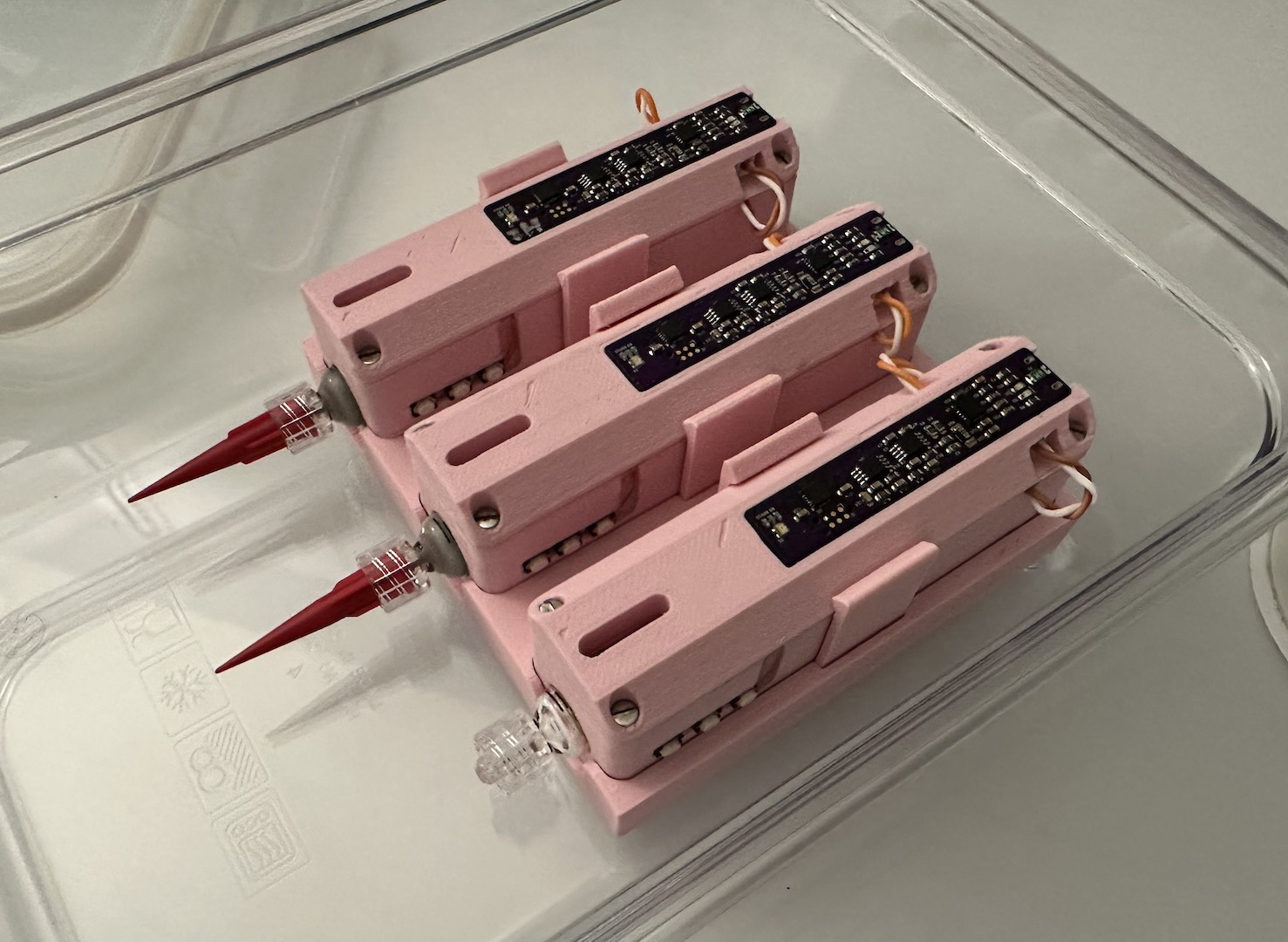
Comments